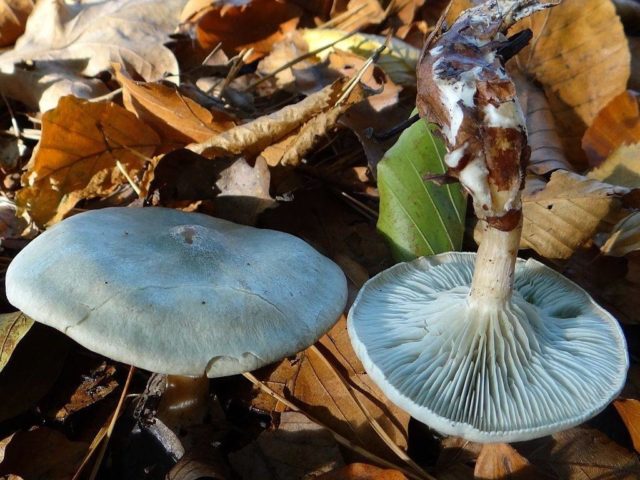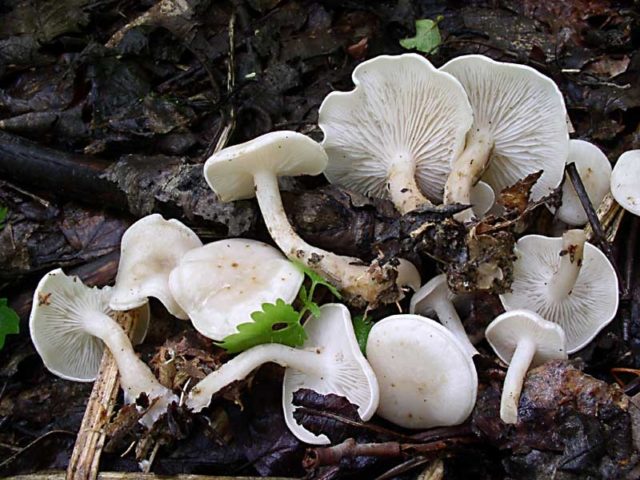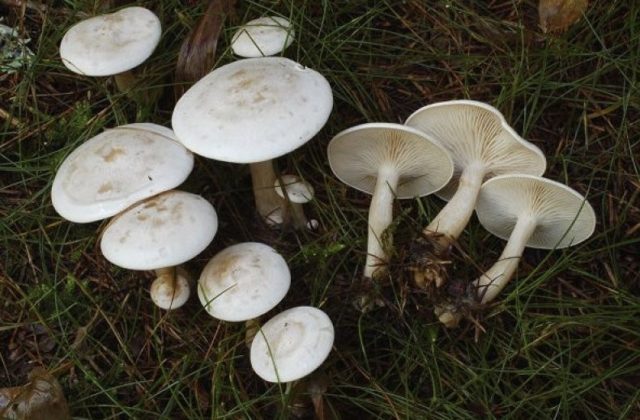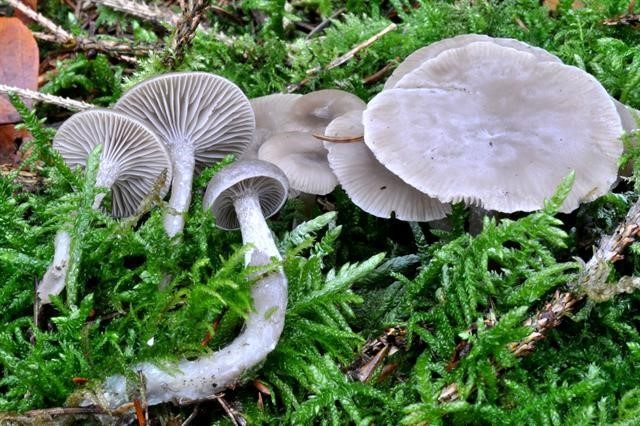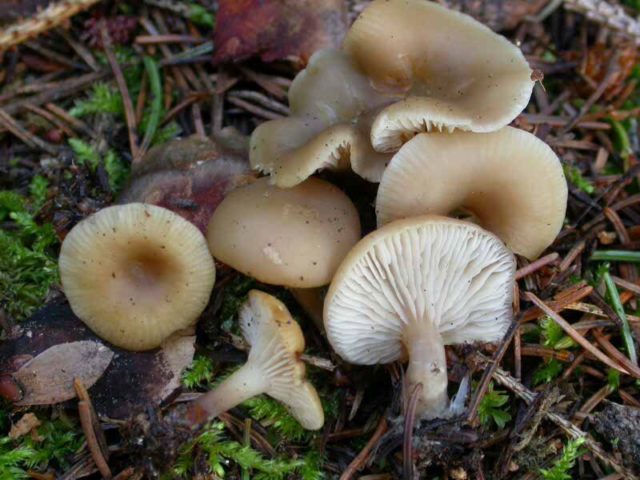Content
Aniseed talker belongs to the Ryadovkovye family, the Klitotsybe genus. Refers to saprotrophs. The main feature of the mushroom is its pronounced anise aroma. It is so strong that it can be felt a few meters before the fruiting bodies, especially in warm and windy weather. Another name is fragrant / fragrant talker.
Where anise talkers grow
It is found mainly in deciduous and mixed forests, less often in conifers. Prefers to settle where there are oaks. Grows on forest floor, bears fruit in small groups or singly. Distributed in central Russia, does not come across often.
What anise talkers look like
The mushroom is small. The diameter of the cap does not exceed 8 cm, most often from 3 to 5 cm. In a young specimen, it is convex, straightens as it grows, becomes flat or depressed, with a tubercle in the middle. The edge is wavy, sometimes raised. The color can be different: gray-lilac, greenish, blue-blue. With a lack of moisture, it becomes whitish.
Anise talker in the photo below.
The plates are quite frequent, adherent, less often weakly descending. The color is the same as the hat.
The stem is not hollow, cylindrical, grayish, with a greenish or yellowish tinge. The base is slightly widened, brown, pubescent. The sizes are small: up to 5 cm in height and up to 0.5 cm in thickness.
The pulp is light, watery, not fleshy, smells strongly of anise.
Is it possible to eat aniseed talkers
Refers to conditionally edible. Can be eaten.
Taste qualities of anise govorushka mushroom
The taste is mild, the aroma is bright, anise-dill. The smell does not disappear even after boiling, so not everyone will like the mushroom.
Benefits and harm to the body
The fragrant talker contains clitocybin. This natural antibiotic helps with tuberculosis. In folk medicine, it is used to treat epilepsy and reduce plaque cholesterol in blood vessels.
Like any mushrooms, they are difficult to digest. People with gastrointestinal diseases should refuse them or use them in small quantities. Not recommended for children.
False doubles
Because of the aroma and characteristic color, the fragrant talker is almost impossible to confuse with other mushrooms.
Smells the same fragrant talkerbut it has a yellowish cap. Refers to conditionally edible.
Mushrooms with discolored caps can be mistaken for white types of talkers, among which there are poisonous ones.
Whitish... It is a deadly poisonous species with a flour smell. It differs from anise, which has lost its color due to lack of moisture, in the absence of a characteristic aroma.
Waxy... Poisonous species, has a spicy, but pleasant enough mushroom aroma. Poisoning can be fatal.
Grooved... Refers to inedible species.The cap is grayish-white or grayish-brown, fading over time. In dry weather, it becomes creamy. Has a slightly floury smell.
Winter... Edible talker with a flour smell. The color of the cap is olive-brown, smoky, whitish-brown.
Collection rules
Fruiting from late summer to October. It grows especially well in warm, dry weather. If the groups are large, their aroma spreads over several tens of meters.
Use
To reduce the odor, it is recommended to first boil the mushrooms, then fry or simmer.
Other cooking options are pickling or salting. Canned foods can be added to salads and snacks as a flavorful condiment.
Conclusion
Aniseed talker is a fairly rare conditionally edible species with a specific persistent odor, which reduces its culinary value. It looks like many related species, including poisonous ones. It should be recognized by two important features - color and aroma.
